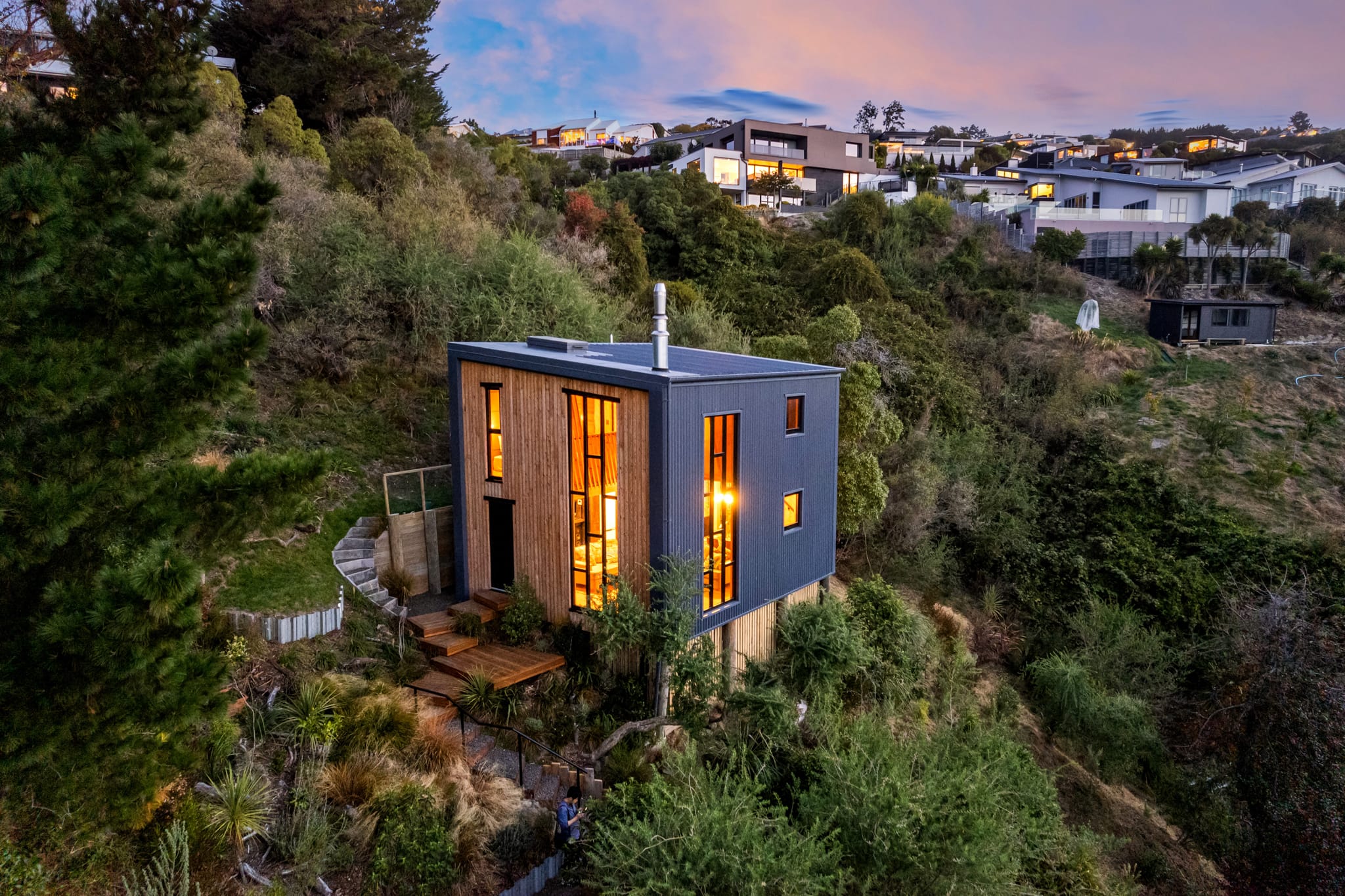May 29, 2024
Myth Busting – Do SIPs Off-Gas?
‘VOC’s’, ‘off gassing’, ’emissions’ – words increasingly used as air quality, health and climate change concerns grow… and rightly so! However, along with fear comes uncertainty and assumptions, and inaccurate information. Products containing polystyrene and glues are often tarnished with the same ‘off gassing’ brush, but it is important to distinguish products from each other and instead learn a little more about the specific products you are intending to use.
Structural Insulated Panels
We have opted for SIP panels with components that adhere to some of the world’s most stringent indoor air quality standards. The components of these panels are Expanded Polystyrene (EPS) foam, oriented strand board (OSB) and it’s adhesives.

Expanded Polystyrene
EPS uses pentane, a non-CFC blowing agent that dissipates shortly after production. EPS products have no off gassing.
Adhesives
- The adhesives used in the production of SIPs that we opt to use do not contain any measurable amounts of VOCs that can be harmful to occupants.
- The phenolic formaldehyde adhesives used in OSB have only trace amounts of formaldehyde in the finished product that do not jeopardise a home’s indoor environment or pose any health risks.
- Tests of OSB panels fresh from production revealed formaldehyde off gassing of less than 0.1 parts per million (ppm), declining near zero as the panels age. To put this in perspective, there is more formaldehyde naturally occurring in many foods, such as apples and onions, or the human blood (3 ppm), than in a home built with OSB SIPs.
- To clarify, this OSB does NOT contain urea-formaldeyhde that is associated with other composite products.
- The OSB used in these SIPs meets the requirements for a low-emitting material under the LEED for New Construction rating system because it does not contain any urea-formaldehyde adhesives.
These panels have also undergone independent assessment with the International Living Future Institute.

The Bigger Picture
SIPs panels are a core component of our homes, which all incorporate passive house principles. One of the aims of these homes is to produce an optimal indoor living environment – a continuous supply of fresh filtered air warmed by the stale air being expelled (moisture is also removed). SIPs is a great way to achieve the air tightness and insulation required for this.
Testing and certification has concluded that the SIPs we opt to use does not emit harmful emissions. Additionally, as part of a comprehensive design and build system it helps achieve a better indoor environment for our health and well being.


